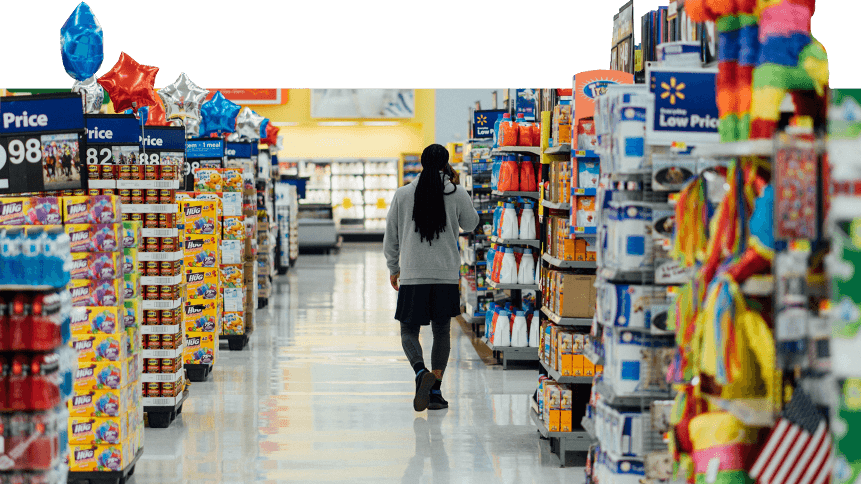Kellogg pilots VR eye-tracking in simulated stores

Kellogg is piloting the use of eye-tracking technology in a virtual reality headset to help retailers gather a new source of consumer data and optimize shelf stocking.
The trial comes as a result of a partnership with Accenture and Qualcomm Technologies and utilizes the former’s VR merchandising solution with the Qualcomm Snapdragon 845 Mobile VR Platform.
The combined technologies allow consumers to enter a “full-scale, simulated store”. Users can move through the virtual space, shop, and pick up products and place them in carts.
Eye-tracking data analytics, meanwhile, allows for monitoring of what consumers are looking at, for how long, and why.
According to Accenture, the mobile solution enables companies to extend their reach to more geographically disperse participants and perform market research faster.
The solution was tested on around the launch of the food manufacturer’s new Pop Tarts Bites range, and is intended to provide deeper behavioral data than standard testing, which typically relies on online surveys and in-home user tests.
Early trials of the eye-tracking platform have reportedly revealed “entirely different” merchandising conclusions than ‘traditional’ approaches.
Results showed placement on lower shelves to be 18 percent more effective than on higher shelves, where it was thought consumers expected to find new products.
“Our VR merchandising solution has the potential to transform product placement by examining consumer buying behavior in a holistic way,” said Raffaella Camera, Global Head, Innovation & Market Strategy, Accenture Extended Reality.
“By combining the power of VR with eye-tracking and analytics capabilities, it allows significant new insights to be captured while consumers shop by monitoring where and how they evaluate all products across an entire shelf or aisle.”
Camera added that the technology could open up the ability for brands to make product placement decisions that positively impact total brand sales, not those of single products.
“XR provides transformative value to the enterprise,” said Patrick Costello, Senior Director of Business Development at Qualcomm Technologies, adding that the proof of concept demonstrates the benefits of “full immersion”— several Qualcomm customers are expected to follow with similar deployments.
YOU MIGHT LIKE

AR & VR is revolutionizing enterprise training
Brands can spend considerable time, money and manual effort to determine optimal product placement. The tie-up between Kellogg, Accenture and Qualcomm demonstrates the practical use of XR technology to make a tangible impact on revenue, beyond arguably ‘fad’ use in marketing.
With consumers able to take part in trials from their homes, as well as in-store or during product roadshows, participation will be easier and cheaper to both incentivize and organize. Meanwhile, data is collected without disrupting the shopping process.
Furthermore, brands are able to test a variety of retail designs, layouts, and product rotations, cost-effectively, in a matter of minutes.









